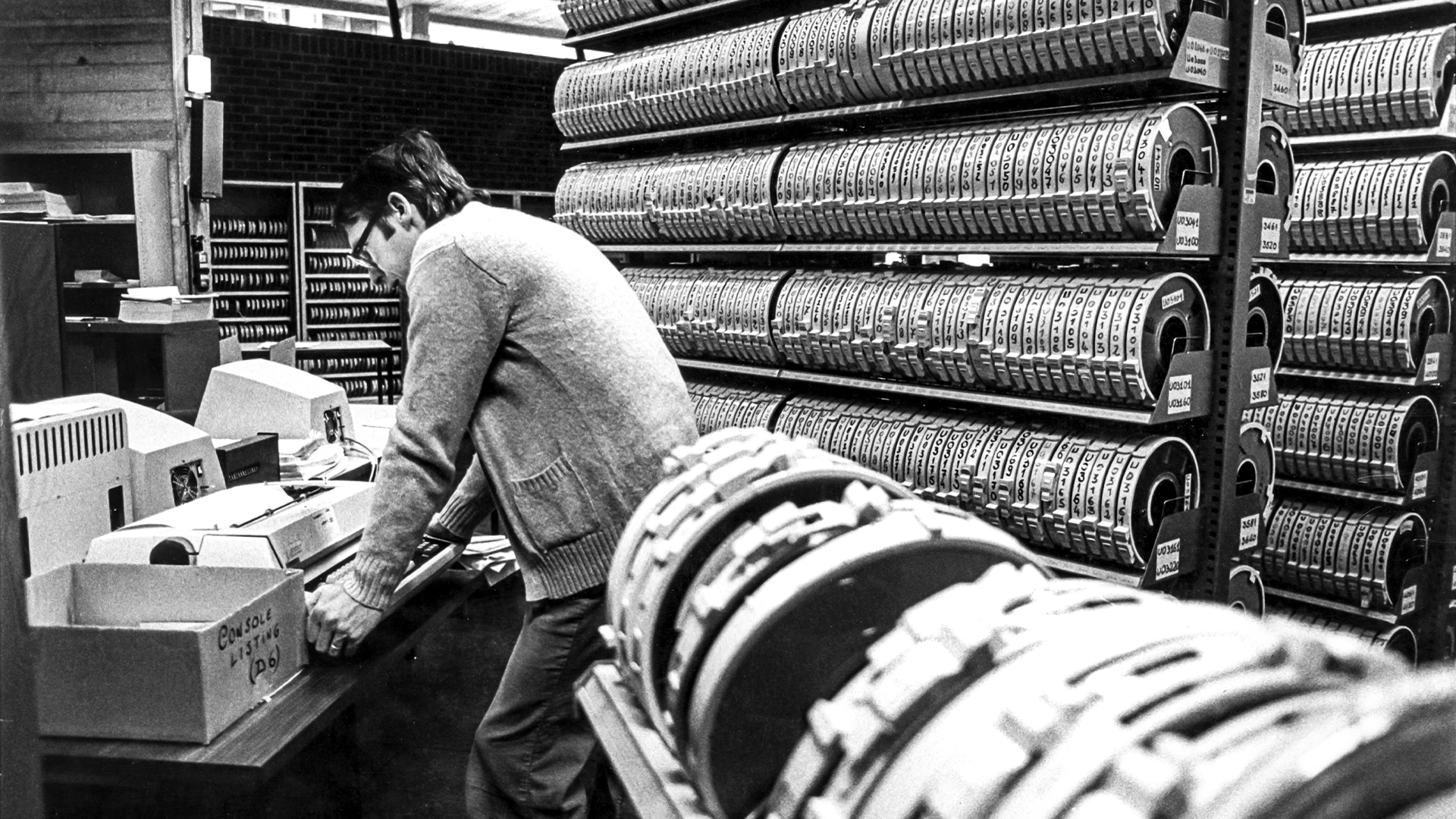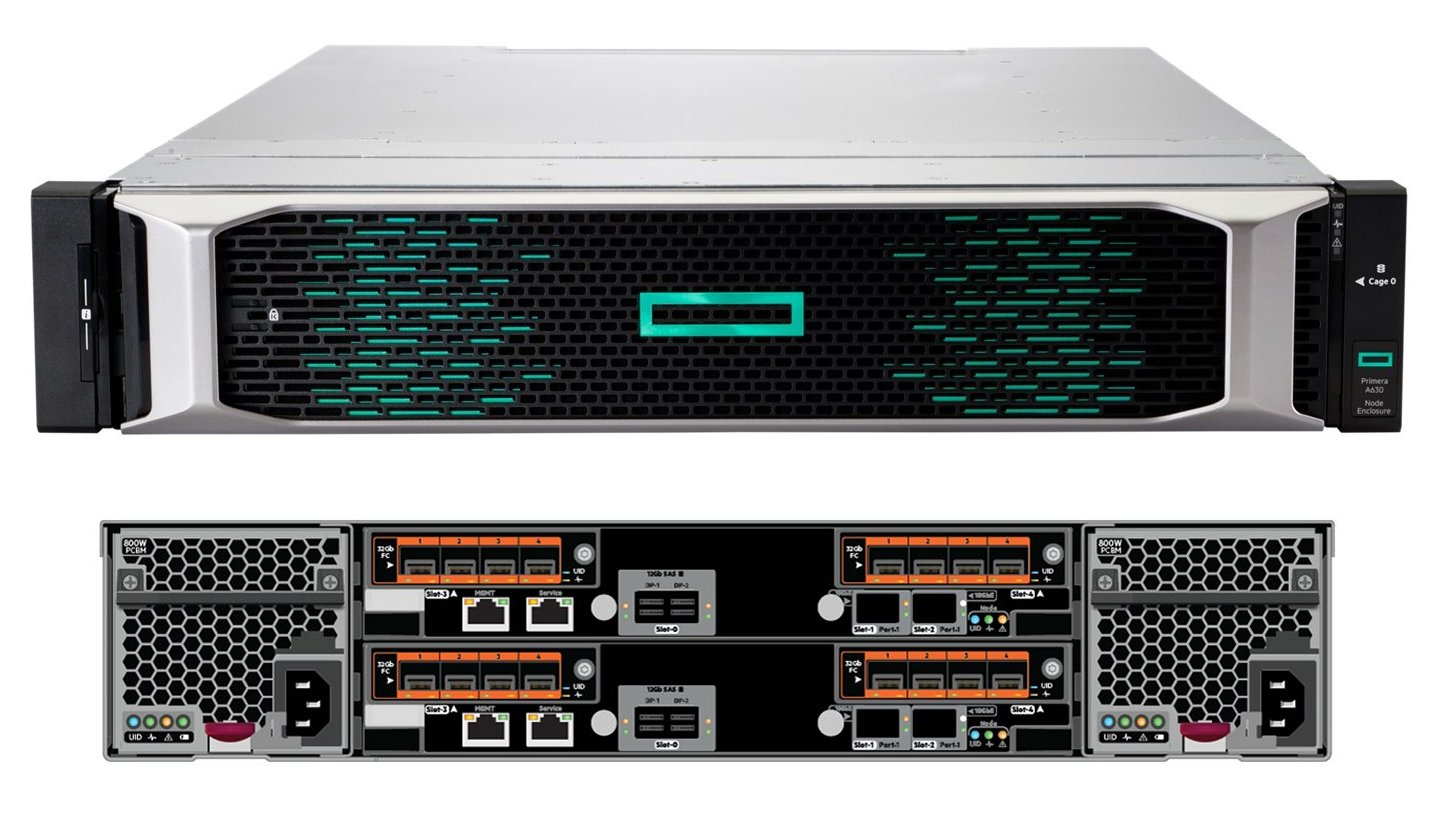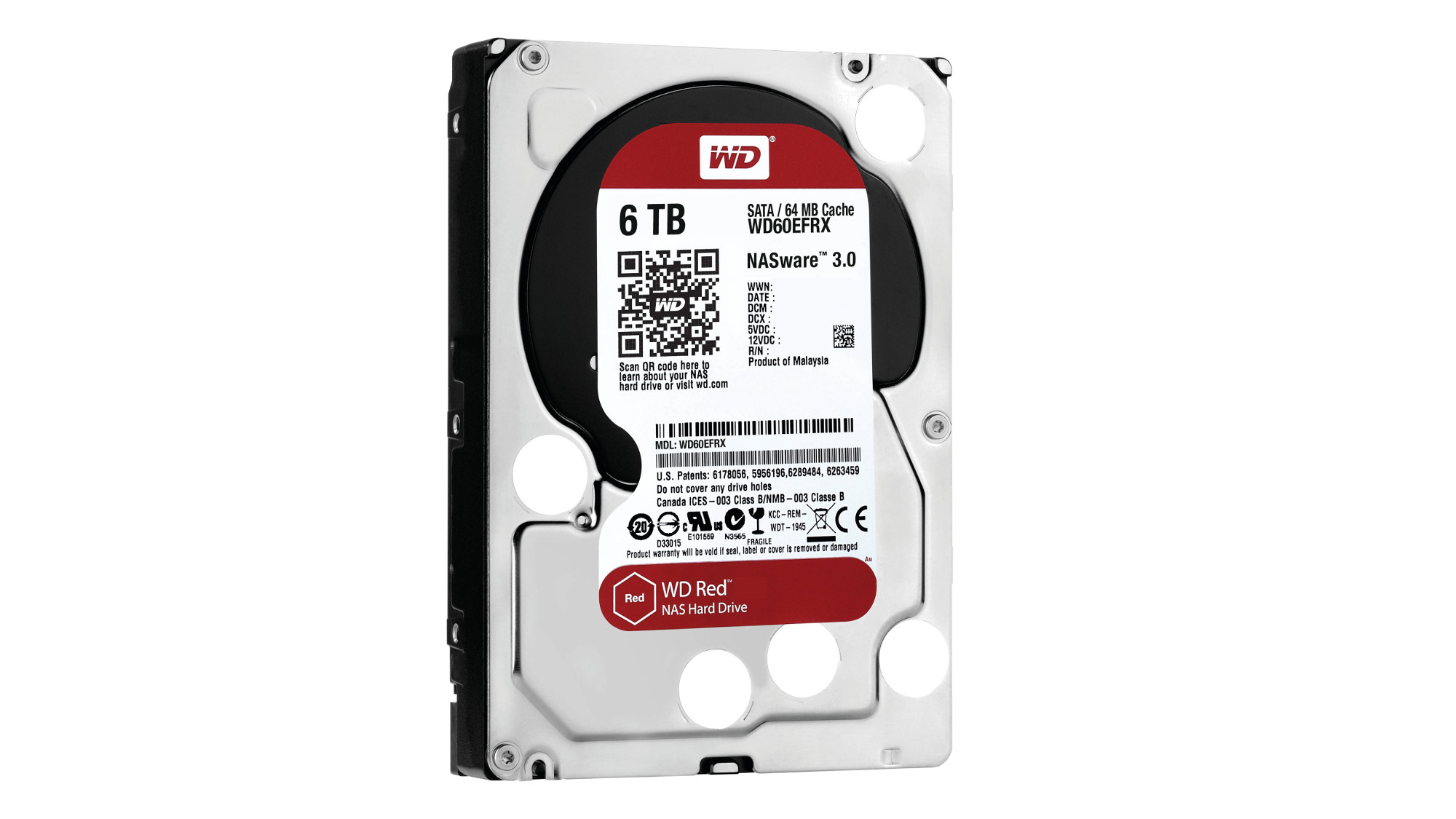IBM makes magnetic data storage breakthrough
Tiny drives holding decent amounts of data may soon be available thanks to IBM's breakthrough.

Scientists at IBM and the German Center for Free-Electron Laser Science have built what they claim to be the world's smallest magnetic data storage unit.
According to the scientists, their technology enables storage more than 100 times denser than current hard disks and solid-state drives, and could lead to significantly smaller drives for mobile data in future devices.
As components continue to shrink, the march continues to the inevitable end point: the atom.
The scientists said they had successfully stored one bit of data in only 12 magnetic atoms, and claimed the ability to manipulate matter by its most basic components atom by atom could be vital as conventional miniaturisation becomes unsustainable.
"The chip industry will continue its pursuit of incremental scaling in semiconductor technology but, as components continue to shrink, the march continues to the inevitable end point: the atom," said Andreas Heinrich, lead investigator into atomic storage at IBM Research.
"We're taking the opposite approach and starting with the smallest unit - single atoms - to build computing devices one atom at a time."
IBM said nanostructures built to exploit an unconventional form of magnetism called antiferromagnetism could allow people and businesses to store 100 times more information in the same space.
Get the ITPro daily newsletter
Sign up today and you will receive a free copy of our Future Focus 2025 report - the leading guidance on AI, cybersecurity and other IT challenges as per 700+ senior executives
The team engineered 12 antiferromagnetically coupled atoms that were able to store information for "a few hours" by taking advantage of their inherent alternating magnetic spin directions.
This property, the scientists said, enabled them to pack adjacent magnetic bits much closer together than was previously possible without disrupting the state of neighbouring bits.
-
 AI is helping bad bots take over the internet
AI is helping bad bots take over the internetNews Automated bot traffic has surpassed human activity for the first time in a decade, according to Imperva
By Bobby Hellard
-
 Two years on from its Series B round, Hack the Box is targeting further growth
Two years on from its Series B round, Hack the Box is targeting further growthNews Hack the Box has grown significantly in the last two years, and it shows no signs of slowing down
By Ross Kelly
-
 Magnetic tape storage has found a new lease of life with a record 152.9 exabytes shipped worldwide in 2023 — and the rise of generative AI is a key factor
Magnetic tape storage has found a new lease of life with a record 152.9 exabytes shipped worldwide in 2023 — and the rise of generative AI is a key factorNews Magnetic tape storage is back in vogue thanks to the rise of generative AI and ransomware, according to new research
By Steve Ranger
-
 Cyber-resilient data storage for everyone
Cyber-resilient data storage for everyoneWhitepaper Improve cyber resilience and optimize performance
By ITPro
-
 Sustainability is more than a flash-in-the-pan topic for the data storage industry
Sustainability is more than a flash-in-the-pan topic for the data storage industryAnalysis Rising energy costs and concerns over the environmental impact of data centers are prompting a shift away from power-hungry disk drives
By Ross Kelly
-
 IBM unveils its 'most powerful' 433-qubit quantum processor
IBM unveils its 'most powerful' 433-qubit quantum processorNews The Osprey is three times more powerful than IBM's 127-qubit Eagle processor the company launched a year ago
By Zach Marzouk
-
 HPE Primera A630 review: 100% storage uptime with no excuses
HPE Primera A630 review: 100% storage uptime with no excusesReviews A powerful all-Flash array that ticks all the right boxes for Tier-0 storage
By Dave Mitchell
-
 HDD vs SSD: Which storage solution is best for you?
HDD vs SSD: Which storage solution is best for you?Vs You can have your storage cheap and slow or fast and pricey
By Rene Millman
-

 HPE MSA 2060 Storage review: Storage tiering for dummies
HPE MSA 2060 Storage review: Storage tiering for dummiesReviews HPE’s affordable Gen6 MSA 2060 array boosts storage performance for SMBs
By Dave Mitchell
-
 WD Red 6TB review
WD Red 6TB reviewReviews A high quality HDD that makes for fast NAS drives, but the price could be more competitive
By David Ludlow